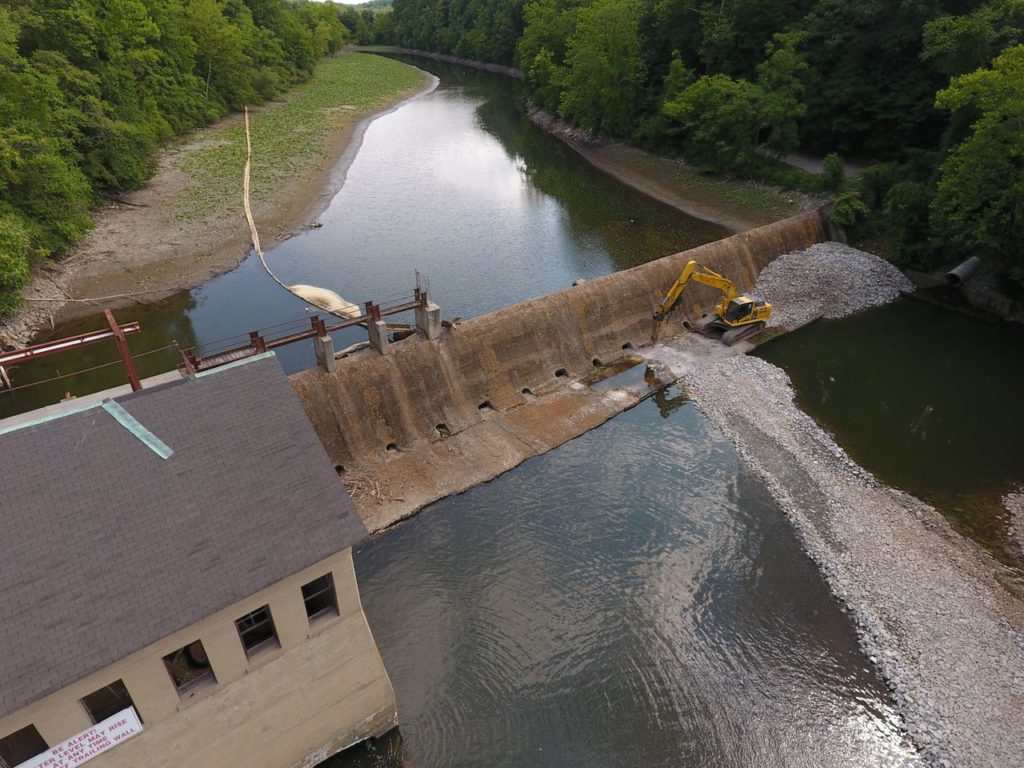We Can Fix Our Environmental Problems

In a world where everything is terrible, it’s worth noting the rare things that are not terrible and remember that there are real lessons in these stories.
When migratory fish follow their ancestral instinct to swim up Delaware’s Brandywine Creek during this spring’s spawning season, they will find, for the first time in more than 200 years, that their route is not blocked by a dam.
The fish — American shad, hickory shad and striped bass — have been unable to return to their traditional spawning grounds in the Pennsylvania section of the creek about 25 miles to the north since a series of dams was built across the creek by early American settlers, starting in the mid-18th century.
This year, the fish will be able to swim past the site of a dam that was demolished by the city of Wilmington last fall, allowing them to move as far as the next barrier, Dam 2, about three-quarters of a mile upstream, where large numbers are expected to create a sudden bonanza for anglers.
Beginning next month, “there will be thousands of American shad sitting here,” said Jerry Kauffman, a University of Delaware professor. “This area will be full of fishermen because it will be a big fish magnet. It’s going to be like Christmas.”
Dr. Kauffman, who leads the university’s Water Resources Center, is part of Brandywine Shad 2020, a nonprofit that hopes to remove or modify all 10 remaining dams on the 23-mile Delaware section of the creek over the next three years.
Dam 2 won’t immediately be removed because that project would be bigger and more expensive. Dr. Kauffman and his associates want to remove or modify four other dams this year, kicking off one of the nation’s biggest dam-removal programs across a single watershed.
“This one is probably the most dams that have been targeted on a single river,” said Laura Craig, director of river restoration at American Rivers, a conservationist group. “The main thing that distinguishes it is the watershed approach, looking at a set of dams at the same time for removal. This is going to be an example that others will continue to follow.”
Removing dams reconnects fish habitat, lowers water temperature, speeds water flow, increases dissolved oxygen — an important indicator of a river’s ability to support fish populations — and improves water quality for cities like Wilmington, Dr. Craig said.
Like the before and after pictures on the land in the Grand Staircase-Escalante National Monument that Trump is trying to open back up for grazing, it actually doesn’t take that long for nature to right itself, more or less, if humans will just allow it to do so. Even when things have gotten pretty screwed up, a lot of things can be fixed with some political willpower and money, in this case to right a river by tearing down worthless dams. There are thousands of these dams, especially in the northeast, that serve no purpose. We can fix these problems! Rather than just say everything is hopeless, it’s worth remembering this fact.


